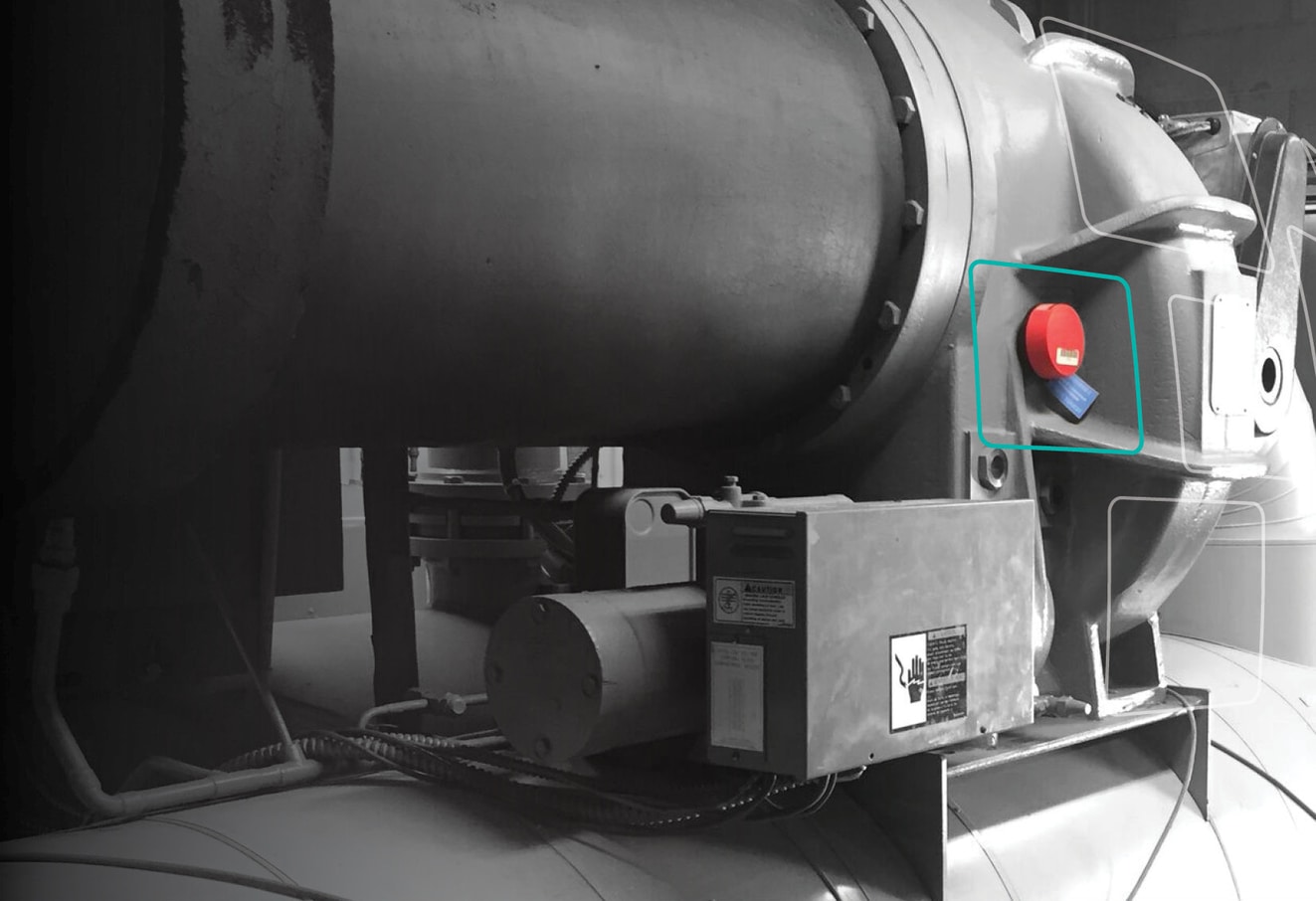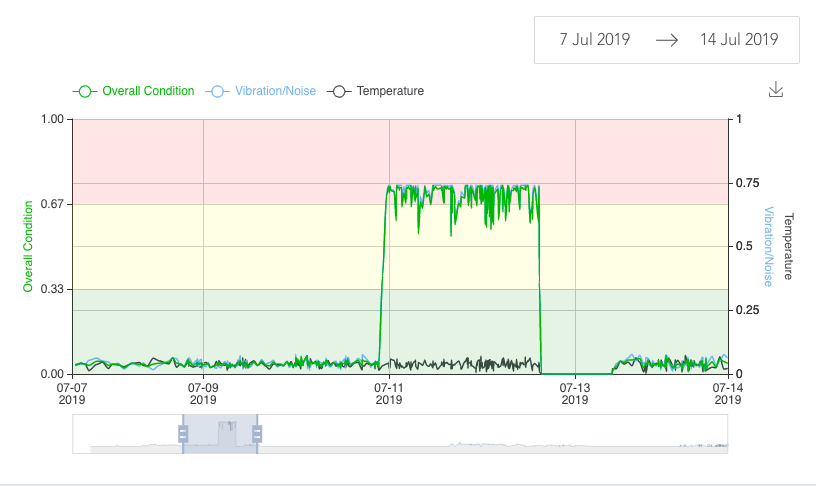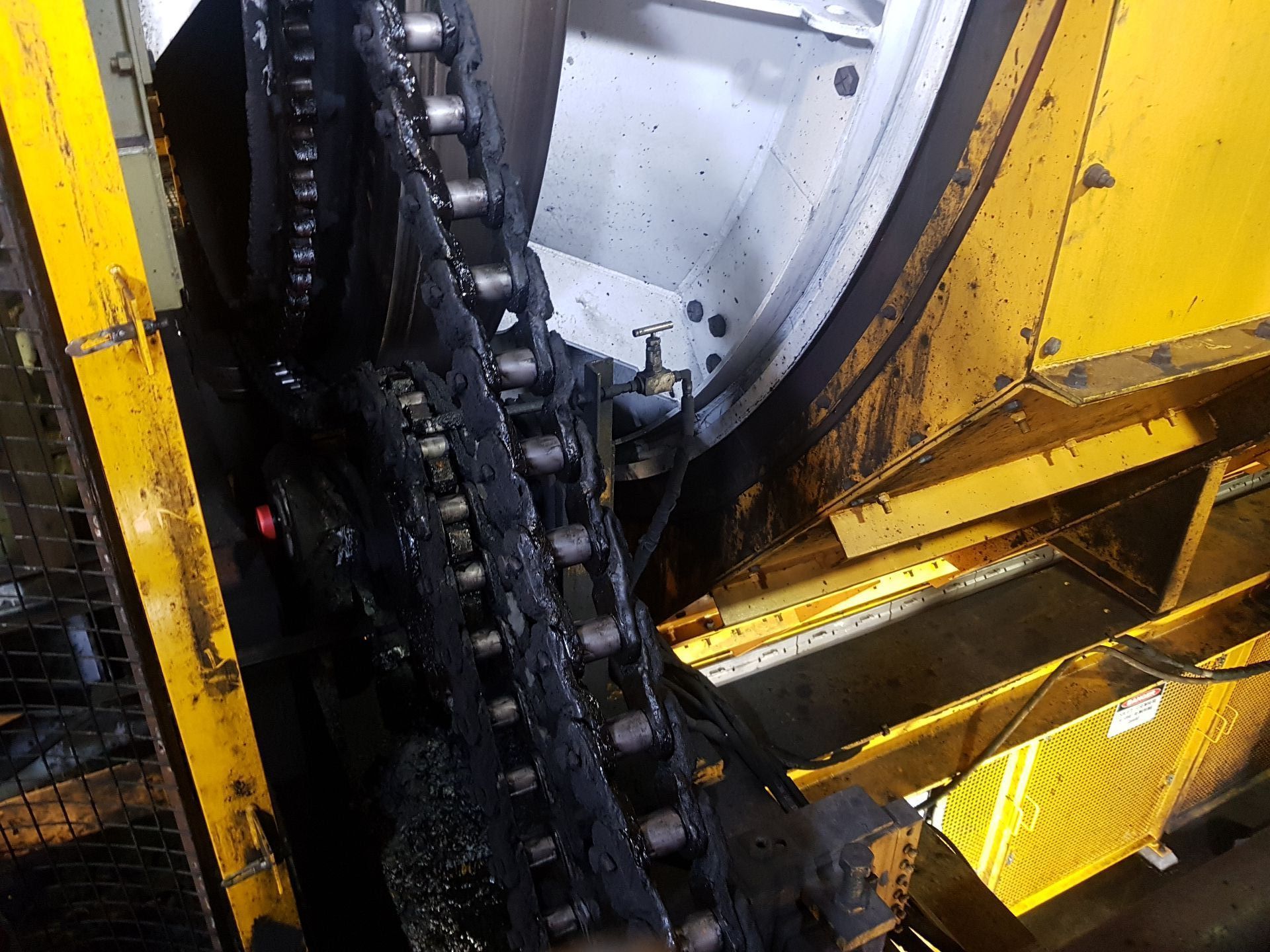Digital Factories – The Future for Australian and New Zealand Manufacturing

I’m really excited to see how quickly ANZ manufacturing has adopted the core concepts of Industry 4.0 and Industrial IoT (IIoT) – it points to a bright future for the maligned sector as ‘smarter’ rather than ‘cheaper’ drives innovation and digitalisation.
For many manufacturing organisations, digitisation can mean many things, however it can also result in a range of benefits. A study conducted by CIMData titled ‘The Benefits of Digital Manufacturing’ highlighted a range of positive improvements to be gained from digitising the factory floor. Including,
“a 30 percent reduction in time-to-market; a 40 percent reduction in process planning; a 15 percent increase in production throughput; a 13 percent decrease in overall production cost; and a 40 percent reduction in equipment costs.”
The conversations we’re having with our prospects and customers shows a willingness to chase these benefits and to share the journey amongst their peers. Last week in Sydney at the #IIoT summit one of our customers showcased MOVUS FitMachine as an example of how they have started down their Industry 4.0 journey.
What was exciting for this customer was how quickly and easily FitMachine was installed and how it allowed them to embrace predictive maintenance. In this instance FitMachine provided them with digital insights so they could undertake timely human investigation and ultimately avoid unplanned downtime.
Start the Industry 4.0 Journey Small And Build Competencies and Success
Many Industry 4.0 initiatives seem to get stuck in understanding security and refining policy. Our experience is that, those willing to begin small, then explore how their organisation can adapt and adopt, will ultimately be the winners.

Digital factories present an exciting future for our local sector – MOVUS FitMachine and its IIoT predictive maintenance platform will ensure assets keep operating and unplanned downtime impacts are continually reduced.


